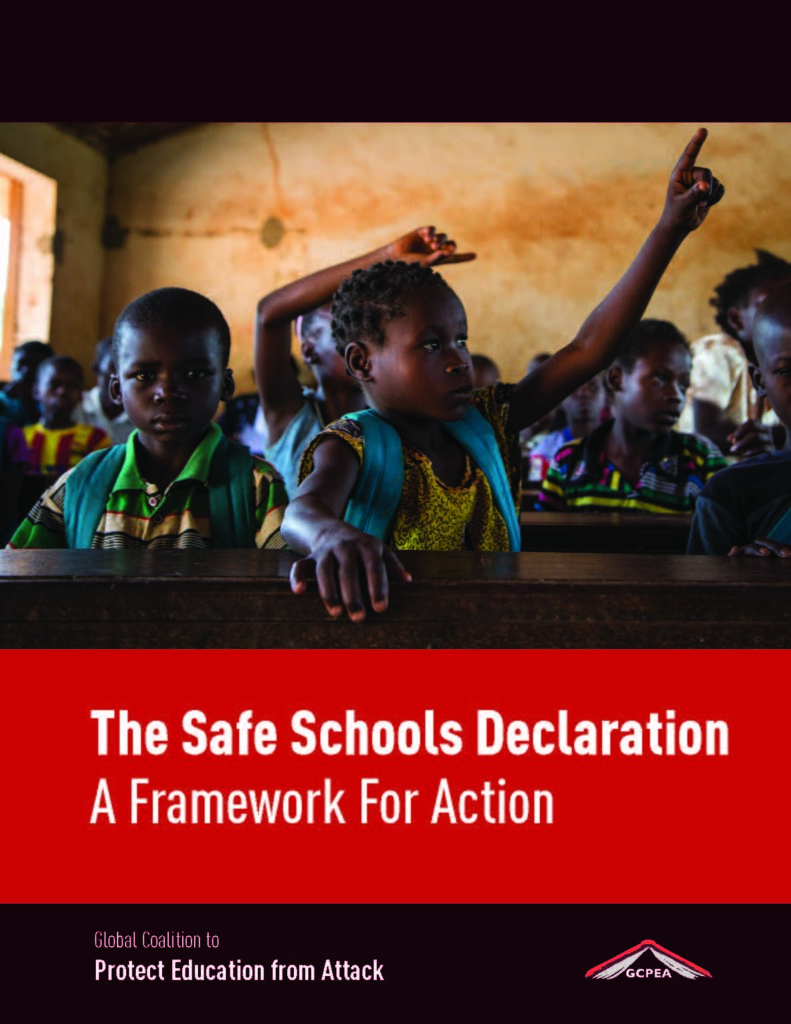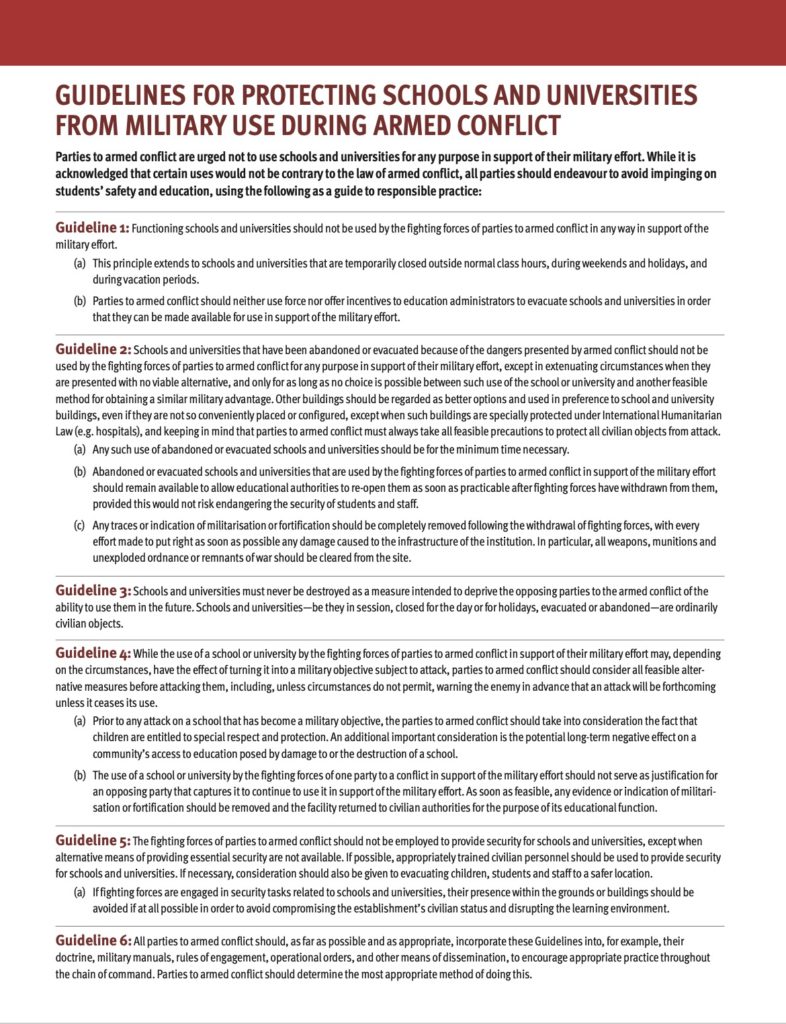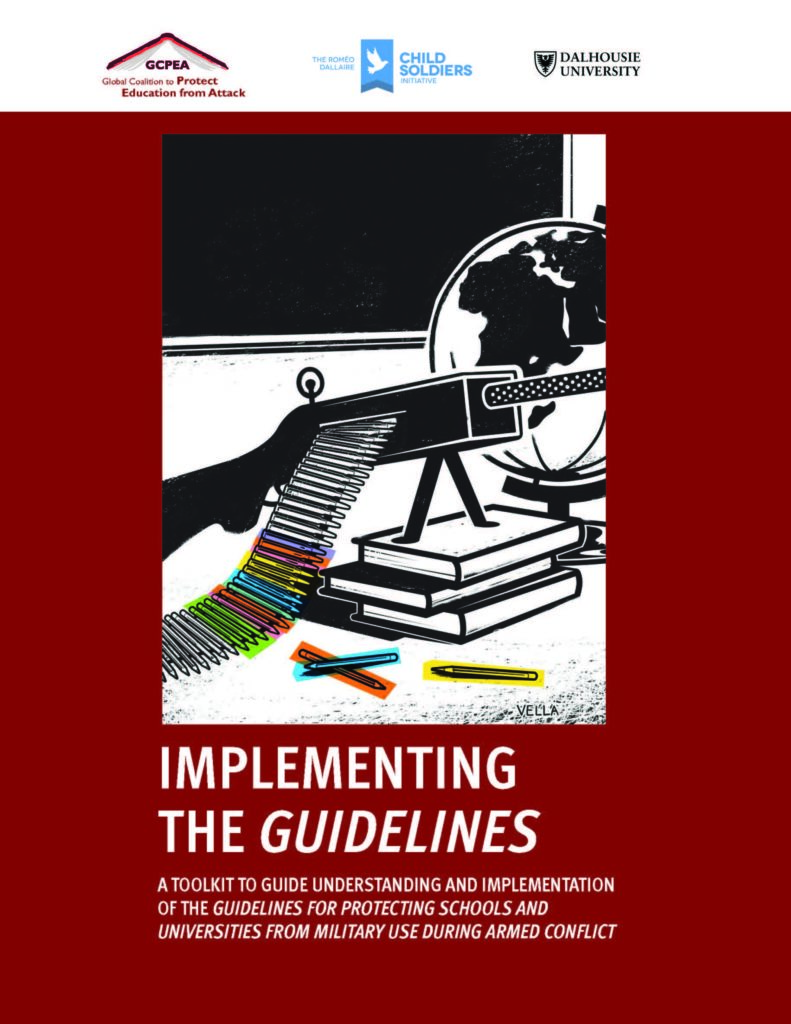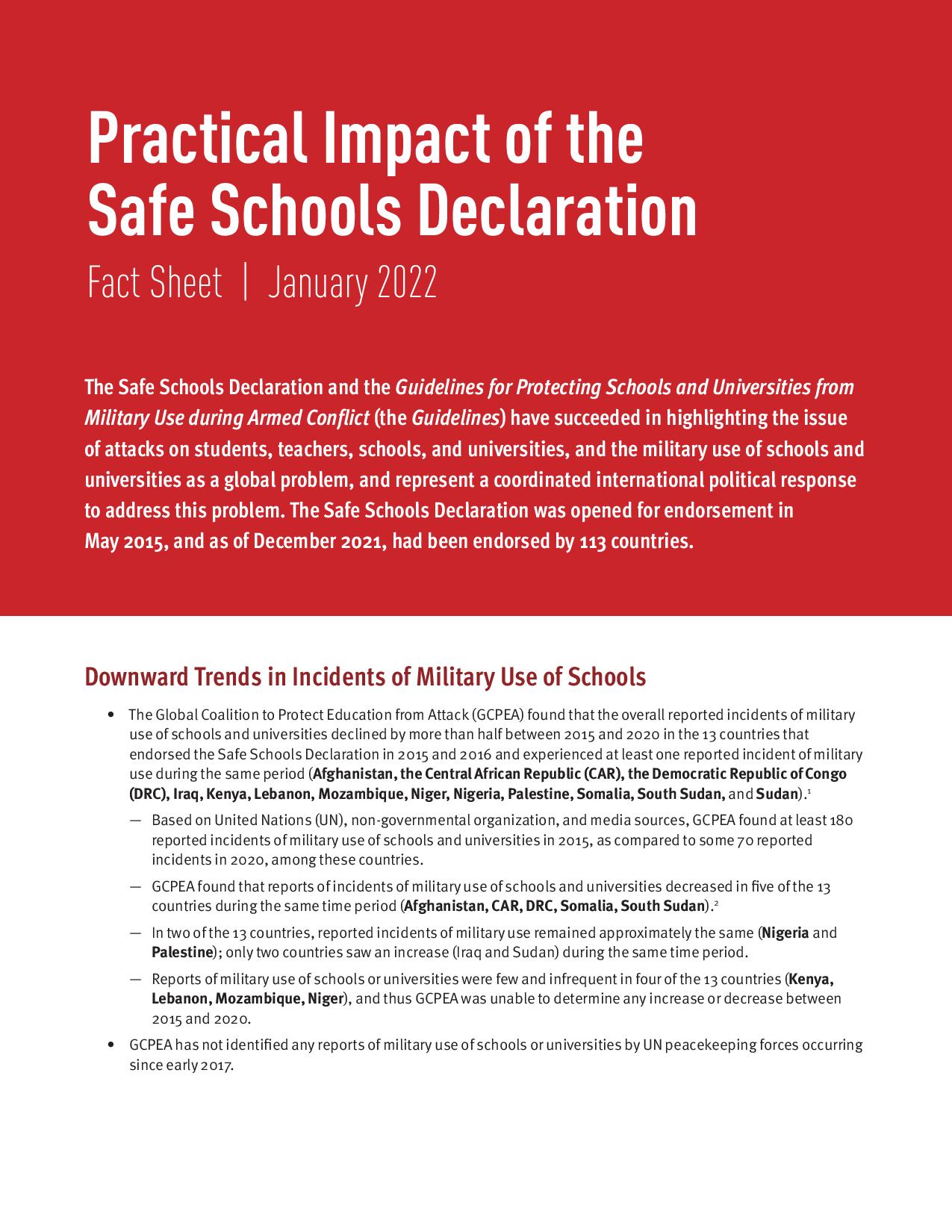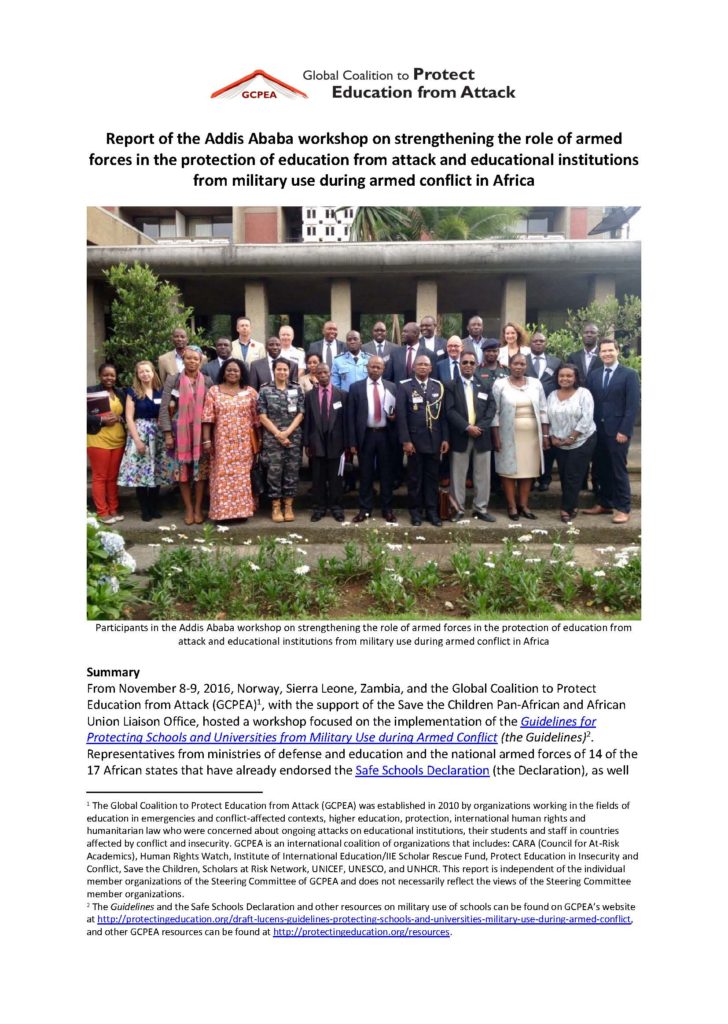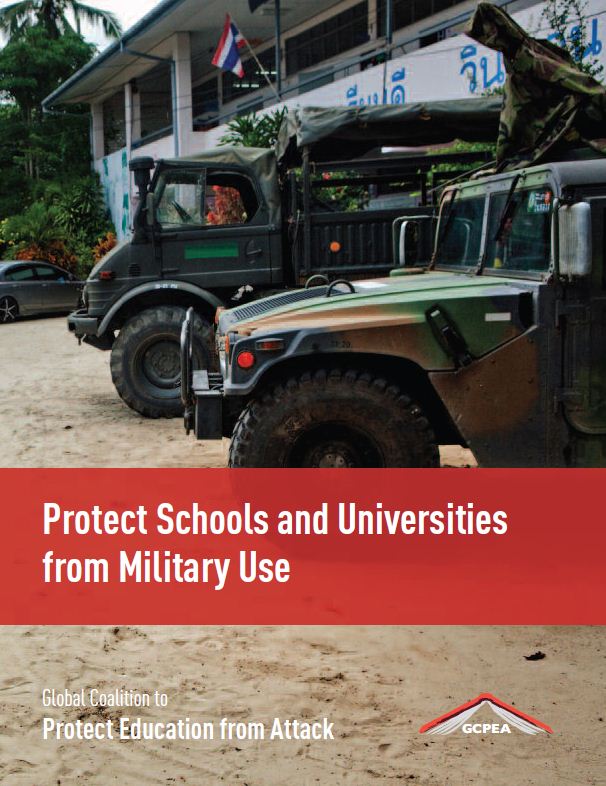Militaries frequently use schools and other education institutions for shelter or housing, strategic positioning, or storage. This ranges from short-term or temporary uses, such as firing positions and overnight shelters; to intermediate uses, such as military training grounds and detention centers; to long-term or indefinite uses, such as weapons caches and operating bases.
In the majority of countries with armed conflicts, armed forces or armed groups use schools and other education institutions. During the period of 2022 – 2023, GCPEA identified over 1,000 reports of military use of school and universities in at least 30 countries (view the countries).
Afghanistan, Burkina Faso, Cameroon, CAR, Colombia, DRC, Egypt, Ethiopia, Haiti, Iraq, Israel, Kyrgyzstan, Lebanon, Libya, Mali, Mozambique, Myanmar, Niger, Nigeria, Pakistan, Palestine, The Philippines, Russia, Somalia, South Sudan, Sudan, Syria, Ukraine, Venezuela, and Yemen
When education institutions are used for military purposes, the impact on individuals and societies can be severe and include:
By endorsing the Safe Schools Declaration, States have committed to use and bring into their domestic policy and operational frameworks The Guidelines for Protecting Schools and Universities from Military Use during Armed Conflict. The Guidelines aim to reduce the use of schools and universities by parties to armed conflict in support of their military effort, and to minimize the negative impact that armed conflict has on students’ safety and education.
Learn more about the Guidelines and good practice on the protection of education from military use.







